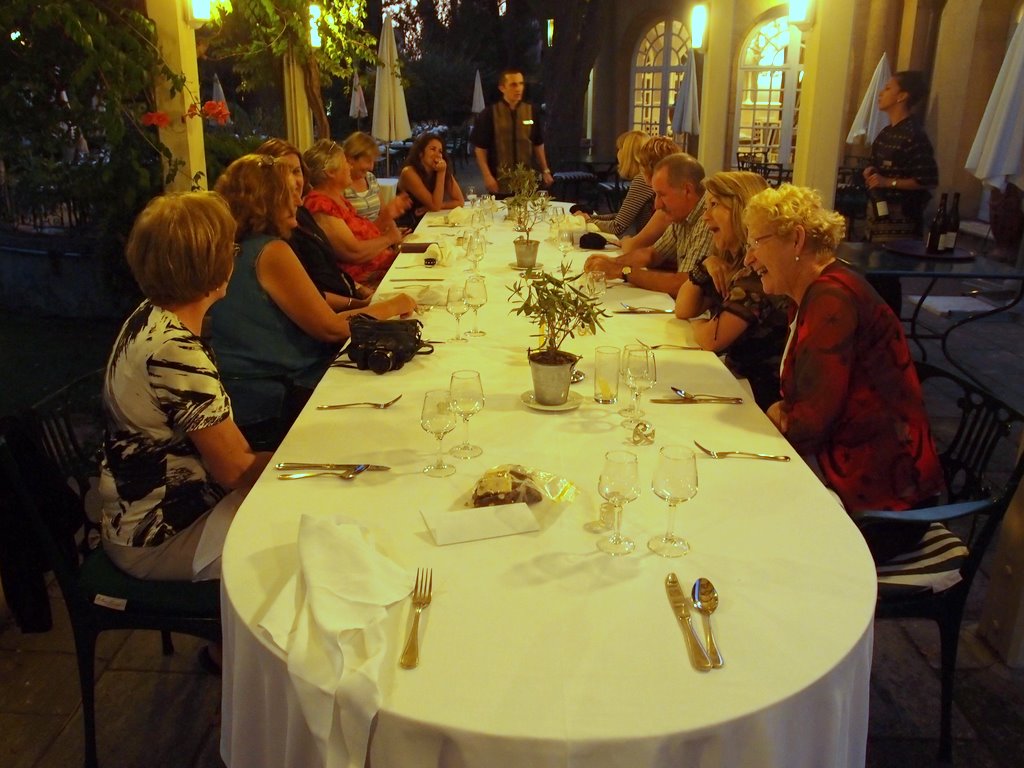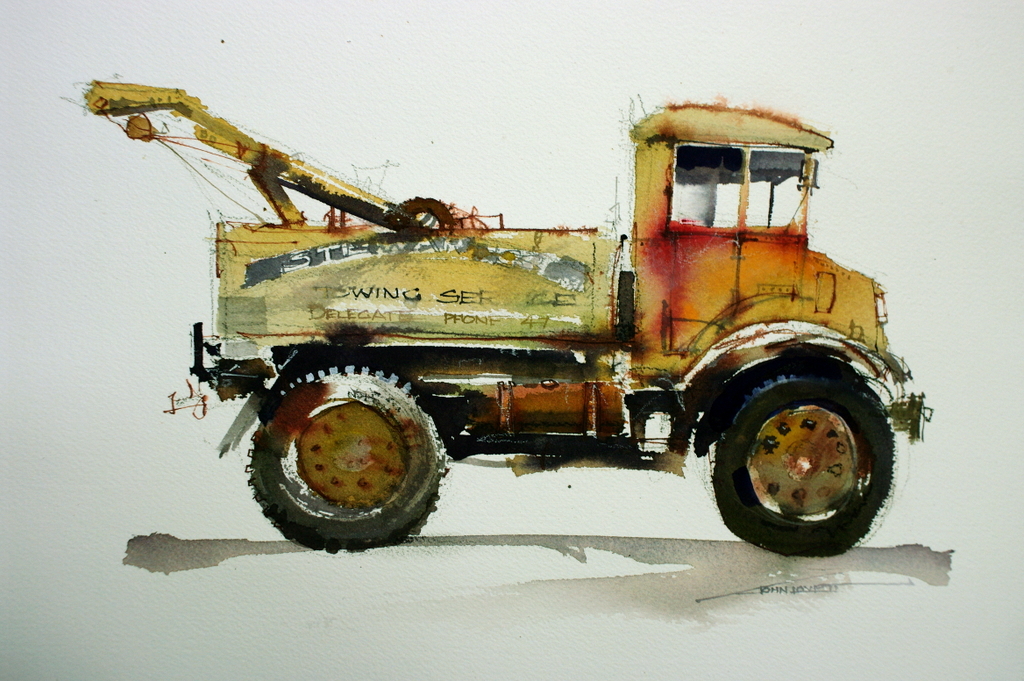After a week in Paris we flew to Marseilles to meet up with the people on our workshop. It was great to catch up with friends from previous workshops and meet up with the new students. A coach took us to our luxury hotel, Le Piggonet, on the outside of the old town of Aix en Provence.
The hotel was a beautiful old building set in magnificent gardens. We could have happily spent a week painting in the gardens, but the town of Aix had a lot to offer so we split our painting time between the hotel and the town.

Le Piggonet

Hotel Gardens


Painting in the Hotel gardens


Dining at Le Piggonet

Flower markets Aix en Provence

Street Markets



We were introduced to some fantastic restaurants in the town. One of our students lived in the country side not far from Aix and had a great knowledge of all the best restaurants. This was one of our favorites – Le Patio, a small family run restaurant with a great atmosphere, good service and fantastic food.
The little town of St. Remy is not far from Aix en Provence. We spent a day there, painting and visiting the Asylum Van Gogh spent time in. We were privileged to paint in the garden of the asylum, where Van Gogh would have often sat and sketched.



Although the asylum surroundings were idealic, life inside must have been horrific. These bath tubs were filled with cold water into which troublesome inmates were immersed and trapped under these wooden boards.

In the town of St. Remy, the main square provided a quiet, spacious area surrounded by ancient stone walls and wooden shutters. We spent an enjoyable afternoon painting there before heading back to our hotel for drinks under the plane trees.


Blue Shutters – St. Remy
Cassis is a small fishing town on the Mediterranean coast not far from Aix. The busy harbour and backdrop of old buildings made a great painting subject. We shared the park across the harbour with the local boules players, cigarette smokers and baguette eaters. Under the shade of a grove of casuarina trees, we painted the changing vista of the harbour.


Cassis Waterfront
Paul Cezanne lived and painted in Aix en Provence. His house and studio have been made into a museum, crammed with his old coats, umbrellas, paint boxes, skulls, bones and still life props that feature in his paintings.
Cezanne had the house built to his design – living area downstairs, large studio upstairs.
The studio ceiling is about 5 metres high and the Northern wall, almost completely glass. The walls are painted a mid tone, neutral gray and there is a 4 meter x .5 meter corner hatch to remove large works from the studio. It’s a fantastic studio, unfortunately no photographs are allowed inside. Below is the front door to the house.















































































